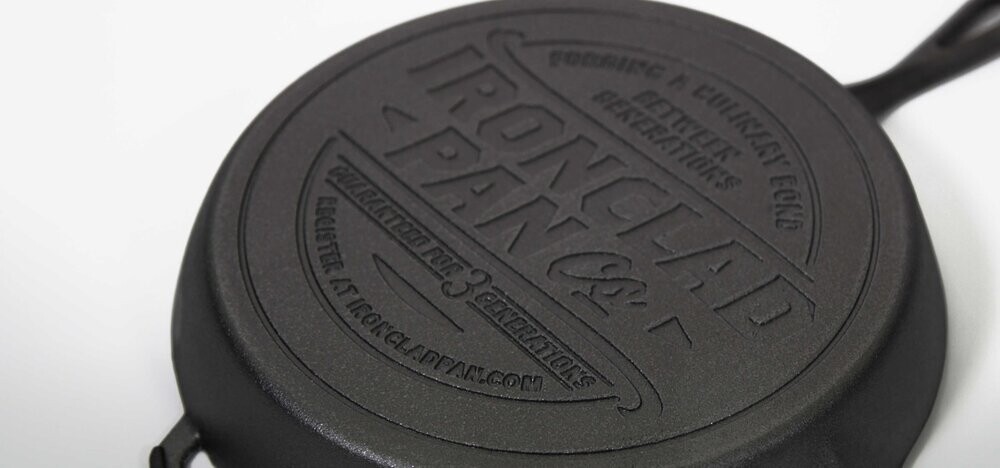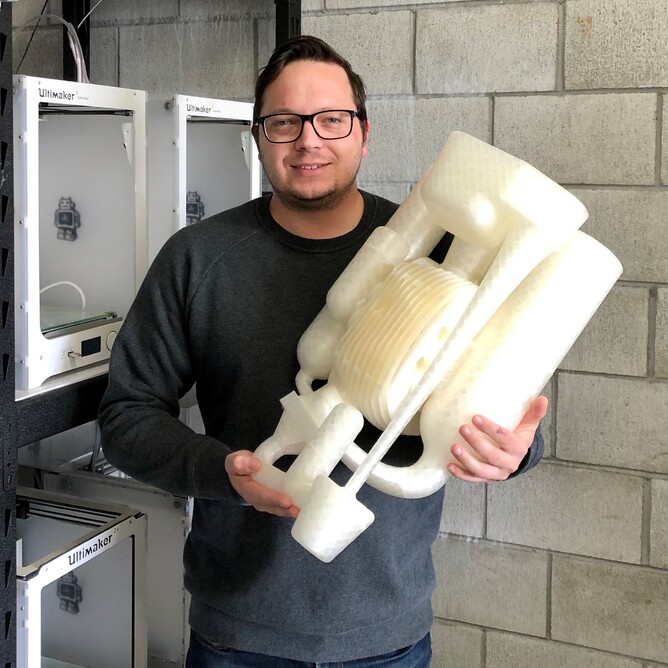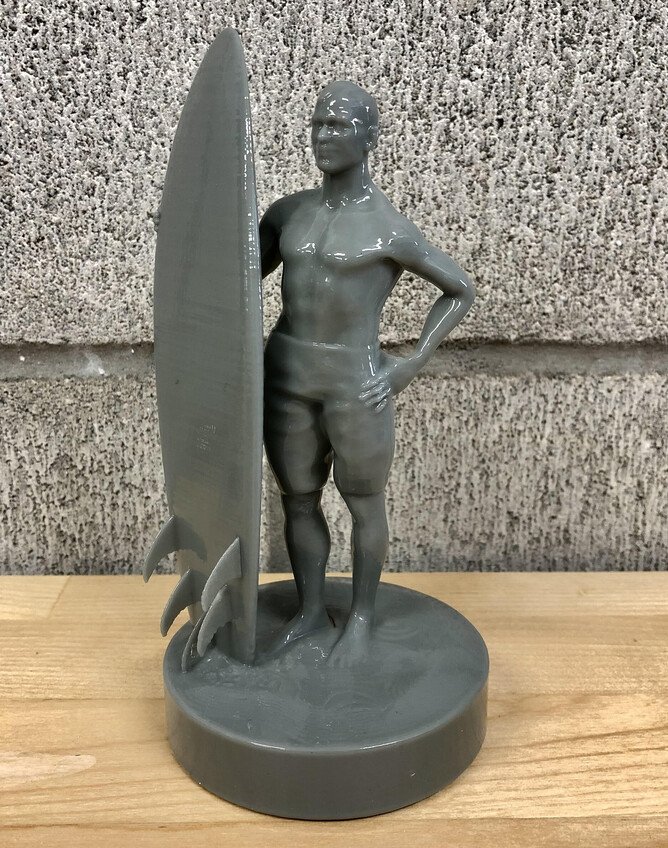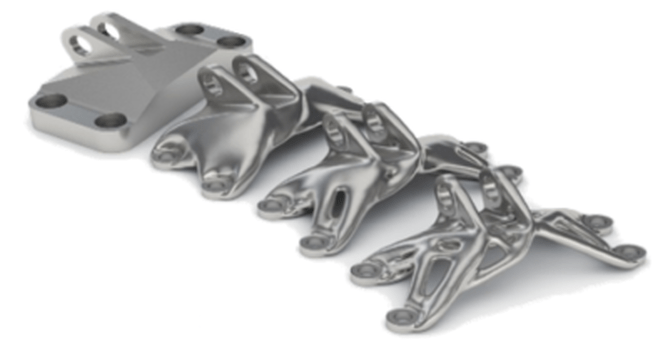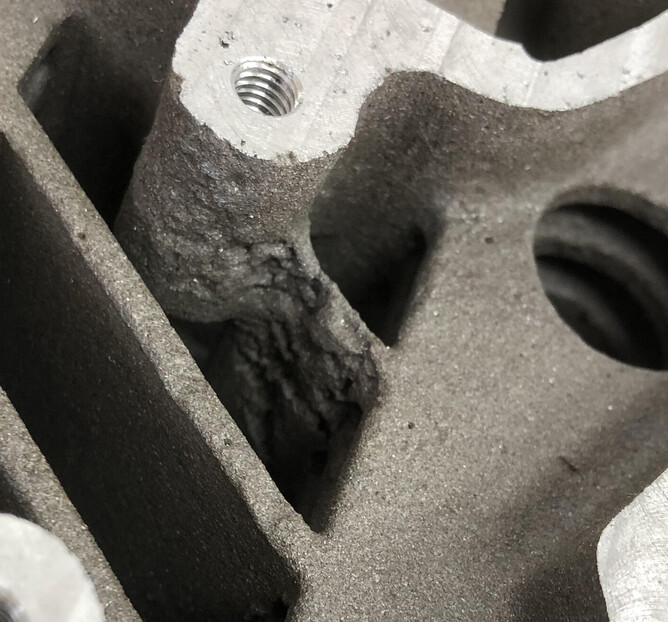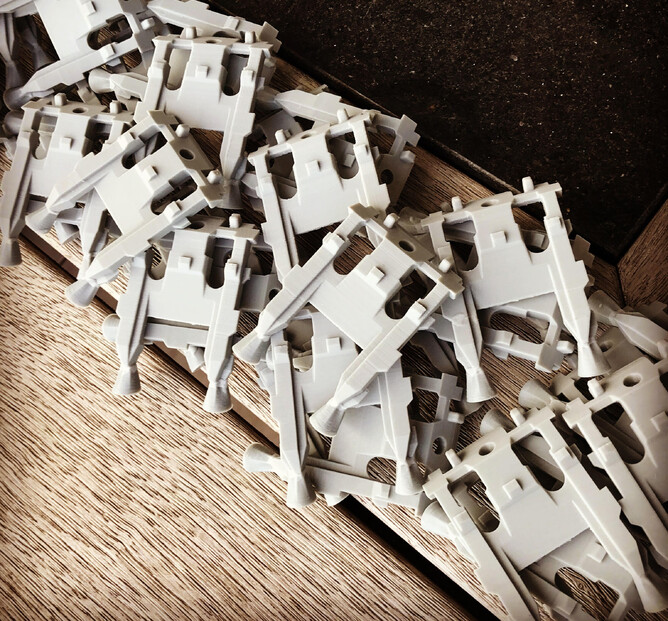3Duke Engineering have been working alongside local Foundries and providing 3D printed parts for use in the investment casting process since 2016!
Lost Wax Casting has been around since 3700BC, and with developments in 3D printing technologies and materials, it now has a new lease on life.
Substituting traditional wax patterns for 3d printed parts in PLA plastic, and burning out patterns rather than de-waxing, it's now easier than ever to develop and iterate metal cast components.
Despite the simplistic steps of the metal casting process, the technical aspects that need to be considered for each individual parts geometry when casting are endless, and sometimes not even obvious.
3D printing has pioneered the way in providing an affordable solution for low volume casting patterns that was otherwise not economical. The key areas for 3D printed patterns are as follows:
- One off, or low volume castings.
- Generative Design.
- Research and Development for producing metal cast products.
- Bridge Production.
One Off Castings
The largest segment of 3D printed investment casting patterns is certainly unique one off castings. Whether it be a one off component for an industrial piece of machinery, or a replacement part that's no longer in production. A bespoke sculpture, memorial piece, award, or even tailored prop elements used in film production. 3D printing has a lot to offer for anyone needing low volume castings.
The added benefit of being able to 3d print a part layer by layer is that we open up the possibilities to produce geometry that is otherwise impossible to produce by traditional means of pattern making. Generative design starts here, and it will change the way we design form and function.
Generative Design
Generative design and topology optimisation is a computer simulation based process, whereby applying calculated loads to fixed feature geometry, software will generate surfaces optimised to provide necessary strength with a minimum amount mass and material used. This process often results in organic shapes and features not so familiar to engineering practices. The intricate shapes generated frequently have undercuts and features inaccessible by means of machining or molding from a tool, and are only made possible to manufacture with 3D printing. While this form of design is often reserved for aerospace applications using multi-million dollar metal 3d printing equipment, traditional metal casting and conventional 3d printing is now able to achieve the same level of part sophistication.
Development of Cast Products.
The second largest but most valuable area of 3D printed casting patterns, is the ability to rapid prototype iterations of a design for casting, and test them in the real world. Designing components and products is not always easy, and as humans we make errors and get things wrong sometimes. This coupled with the intricacies and technical geometry requirements to avoid failed, warped, over/undersized castings, and there is nothing worse that finding out that your $100,000 wax tooling is useless, or even worse, can't be modified!
By spending a little extra time upfront its possible to 3D print patterns that can be cast in metal, inspected and have the opportunity to make rapid alterations or improvements on the fly, and re-test before investing a commitment in expensive wax tooling.
And it happens! Sometimes the resulting casting is not quite what you expected, the tolerances are not what you calculated, areas unfilled by metal or have porosity, or maybe there was something even your casting simulation software couldn't predict! By developing your product with stages of iteration utilising 3D printing, you can save yourself a big headache, and an even bigger amount of money.
Bridge Production
Sometimes time is of the essence. Once you have done your product development and are happy with the resulting casting made using the 3D printed patterns, its time to move into production. Your design has been finalised and yo'ur ready to have some wax injection tooling made, but there is a problem, it's going to take 8 weeks or more to have the tool made!
An affordable solution may be to bridge the production gap by solely utilising 3d printed patterns as an interim until the tooling is ready. The economic ability of this will depend on many factors such as part size, complexity, and quantity required however it can be a very good option when deadlines are looming.
Want to learn more about how 3D printing could benefit your casting project? Feel free to get in touch with us for a chat
